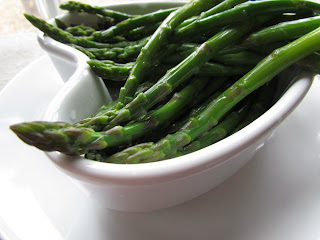A cool and rainy day is a great day for fondue.
And it's an activity dinner where people have to participate to eat.
This particular fondue recipe piqued my interest.
I like fondues with flavor. Not that the cheese doesn't have it's own flavor, but I like something that's more bold and savory.
Garlic certainly helps this, but a little acid from vinegar or lemon helps cut richness and adds some brightness.
Apparently the acid in both wine and lemon will help keep the fondue from curdling.
Hopefully I can safely assume no one wants a curdled cheese fondue?
One different thing to me was the addition of corn starch. It's supposed to create a stable emulsion so the cheese and wine don't separate easily. However, if there's a little separation, it's ok with me. Garlicky, cheesy wine sauce happens to be great for bread dipping.
I've know some people use a little fresh nutmeg in anything that has cheese in it to enhance the flavor.
I would have never initially thought to grab the nutmeg for a cheese omelette, but some people do, and it's pretty good.
So, in it goes (since I like it).
Of course, a crusty and slightly dry baguette is the classic pair for the cheese sauce, but I like to have something green to go along with it, too.
Quickly blanched and shocked asparagus and broccoli are perfect.
No fondue pot? You'll probably survive. Dinner might have to be stationed near the stove though.
Sparkling White Wine Fondue
Adapted from Saveur, December 2010
2 1/4 c sparkling white wine
1 T cornstarch
2 garlic cloves, minced
1 lb. Emmental cheese, grated
1 1b. Gruyere cheese, grated
2 T brandy
1/4 t baking soda
1 T fresh lemon juice
1/4 t freshly grated nutmeg
1/4 t freshly grated black pepper
Whisk together 2 T sparkling wine and cornstarch in a small bowl. Set aside.
Pour the rest of the wine in a large pot and add the minced garlic. Bring to a boil over medium heat and whisk in the cornstarch mixture. Reduce the heat to low and add the cheese in increments, stirring until melted (about 10 minutes). Stir together the brandy and baking soda in a small bowl, add to the cheese mixture, and stir until smooth. Add the lemon juice and stir to combine. Transfer the fondue to a pot set over a lit Sterno cup and serve.


























































